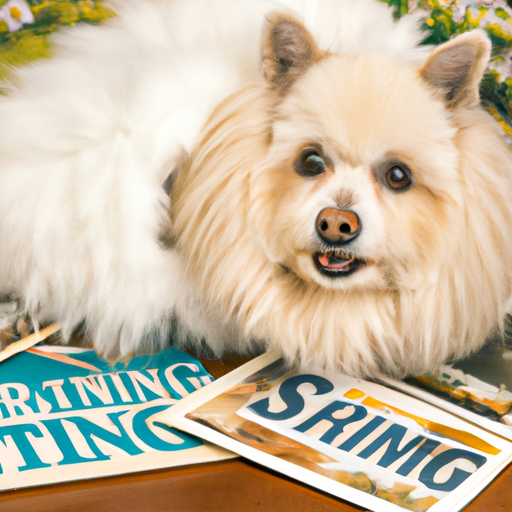Understanding Your Dog’s Coat
Each year, as the weather changes, your dog’s coat will undergo a transformation. In the winter, your dog will grow a thicker, denser coat to keep him warm. But as the seasons change, so does your dog’s coat. This natural process is vital for your canine companion’s comfort and health. Understanding this process can help you better care for your dog and maintain their coat’s health and beauty.
The Timing of the Shed
The timing of the shedding process can vary widely among different dog breeds and even individual dogs. However, the general rule is that dogs start to shed their winter coat in the spring, usually around March or April.
- Breed Influence: Some breeds, like Siberian Huskies or Alaskan Malamutes, are known for their heavy winter coats and will have a more noticeable shedding period.
- Climate Influence: The local climate can also affect when your dog starts to shed. If you live in a region with mild winters, your dog might start shedding earlier or later than in colder climates.
How to Manage the Shed
Managing your dog’s shedding is an important part of your responsibilities as a pet owner. Here are some tips to help you deal with this period:
- Brush Regularly: Regular brushing can help remove the loose fur and prevent it from spreading around your house. It also stimulates your dog’s skin and helps distribute natural oils throughout their coat.
- Provide a Healthy Diet: A healthy diet can promote a healthy coat. Make sure your dog is getting a balanced diet with the right nutrients.
- Consider Professional Grooming: If your dog has a particularly heavy coat, you might want to consider professional grooming. A groomer has the tools and expertise to manage heavy shedding effectively.
Health Concerns Related To Shedding
Excessive shedding can sometimes be a sign of health problems. If you notice any of the following symptoms, you should consult with a vet:
- Unusual Amounts of Hair Loss: While shedding is normal, unusually large amounts of hair loss could be a sign of health problems.
- Bare Patches: If you notice any bare patches on your dog’s skin, this could indicate a skin condition or other health issue.
| Symptoms | Possible Causes |
|---|---|
| Unusual amounts of hair loss | Allergies, Parasites, Dietary deficiencies |
| Bare Patches | Skin infections, Dermatitis, Hormonal imbalances |
Frequently Asked Questions
Q: Can I prevent my dog from shedding?
A: No, shedding is a natural process. However, regular brushing and a healthy diet can help manage it.
Q: What if my dog is shedding excessively?
A: Excessive shedding can be a sign of health problems. If your dog is shedding more than usual, it’s best to consult with a vet.
Q: Do all dog breeds shed their winter coat?
A: Yes, all dogs shed to some degree. However, the amount and timing can vary widely among different breeds.
Remember, shedding is a natural and necessary process for your dog. By understanding it and knowing how to manage it, you can help your dog stay comfortable and healthy throughout the year.



